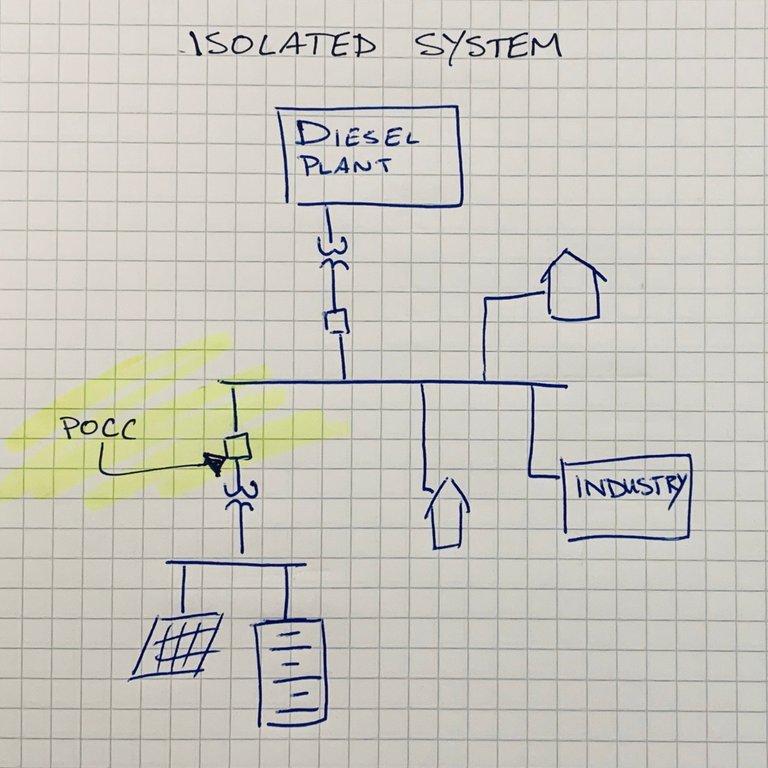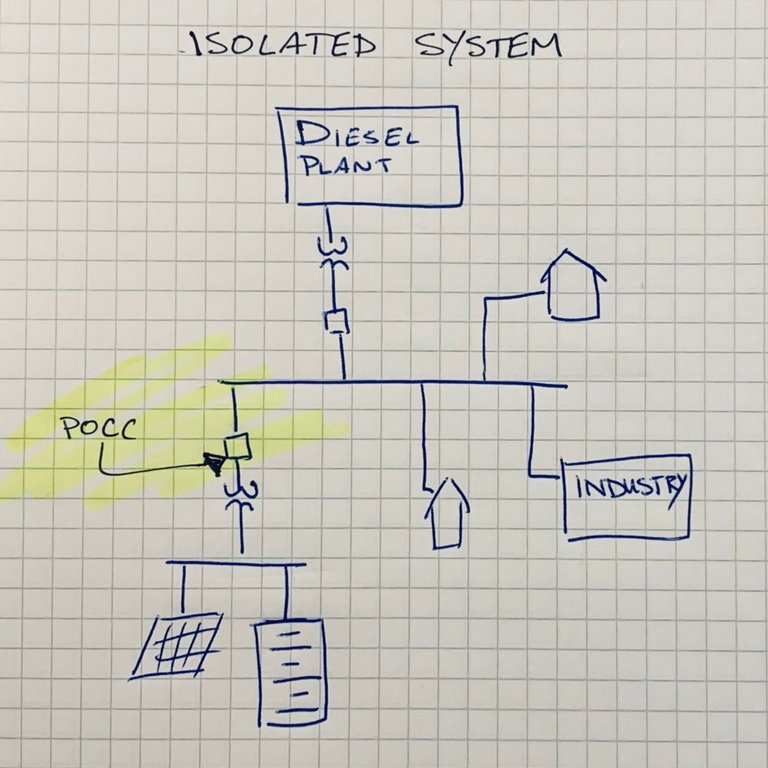What is the Point of Common Coupling

I have been working with a couple regulated utilities over the last few years. Neither of these utilities have a lot of small independent power producers (IPPs). There may be a couple of edge cases, or medium sized wind farms, but as a rule they generate all the energy they need.

This isn't a microgrid.
The grid is getting smarter
However, the times they are a changing, and while I was working on the mini-hydro project in Labrador I recognized that in some cases understanding the requirements at the point of common coupling (POCC) can determine how a project is going to develop.

An example of a "smarter" grid
A lot of the time it is way more interesting to put energy into the civil and mechanical aspects of a new project, we are building big things even if ther are small, but how the POCC is going to be controlled can determine a lot of what needs to be completed within the IPP facility.
This is where an interconnection agreement comes in. The role of the interconnection agreement is to ensure that the IPP is producing power in a way that doesn't impact the customer power quality. It will have the limits of operation, how to synchronize, how the utility communicates that it can accept the energy, when the IPP has to be isolated at the POCC, etc.
There is a lot of protection and controls design that needed at the POCC. Settings need to be developed that will allow the system to synchronize to the utility, trip when there is a fault on either side, if the IPP can't accept the entire load, ensure that it trips if the frequency dips, etc.
Without a detailed interconnection agreement the IPP risks not having the proper protection elements in place when it comes time to start operations and producing power. Then what happens?
The general requirements for interconnection protection are typically straightforward, they always include:
- Over/Under Frequency Protection,
- Over/Under Voltage Protection,
- Sync Check across the protective device before energizing and
- Overload and overcurrent protection in both directions.
The timing and details of these protection elements is where all the time is spent. The interconnection agreement will include a description of HOW the IPP resource will be deployed locally.
- Is it an energy resource?
- Is it a inertia resource?
- Is it a reserve power resource?
- etc...
If the resource is going to be a source of short circuit current during a fault on the system, then it shouldn't have an instantaneous trip set too high such that it removes that short circuit current.
If the system is relatively "weak" in that area and a large motor starting drops the voltage for a short period of time it would be a bad time for the new generation to disconnect on low voltage.
Standardizing Interconnection P&C Design
We've started developing a standardized interconnection panel that includes all the necessary protection elements, SCADA connections, data concentration, etc. A system that allows IPPs and renewable resource developers to focus on areas that they are stronger in.

The system is still in preliminary design, and version one will include the following:
- RTU/SCADA data concentrater to have all devices on site communicating to a single point
- Multipurpose protection elements for MOST scenarios
- GUI protection configuration
- Cellular Network router/gateway
Including the technical abilities, it will include a full set of relay protection test sheets that will allow you to verify that the protection settings that you added do what they should.
If you are interested in a product like this and would like to help steer its feature set, send me an email at [email protected]
If you like this article and want to hear more sign up for our newsletter at jmkengineering.com/newsletter